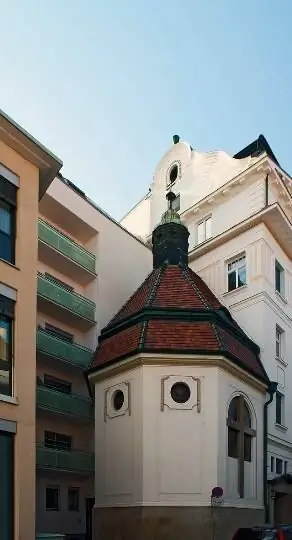
Description of the attraction
St. Anthony's Chapel is part of the medieval castle Herzoghof. It was built at the beginning of the 18th century, but at the beginning of the 20th century, like the entire architectural complex, it was completely destroyed and rebuilt in the Art Nouveau style.
This place has a rich history - the ancient Herzoghof castle was considered the seat of the Babenbergs themselves, the first princely dynasty in all of Austria. In 1420, this castle was united with the main city fortress, located to the west of the parish church of St. Stephen.
In 1673, the castle passed into the hands of the Land Marshal - Chairman of the Parliament - Count von Sprinzenstein and his family. Ten years later, the fortress was badly damaged by Turkish troops, and, probably, therefore, after the restoration at the beginning of the 18th century, it was decided to build a separate chapel dedicated to St. Anthony of Padua on the territory of the castle. The construction was completed in 1708. Then the castle already belonged to Countess von Lamberg, and the coats of arms of this noble family, depicting a white lamb on top of a hill, adorned the walls of the building. And in the southern part of the old chapel there was a sundial.
In 1876, in the immediate vicinity of the castle, a large hotel "At the Green Tree" was erected, which required the demolition of many neighboring ancient buildings. And in 1908-1909, the castle itself was completely destroyed, including the chapel of St. Anthony. The entire architectural complex was rebuilt in the Art Nouveau style - the German version of the Art Nouveau movement. Now the chapel is located at the very entrance to the castle.
It was possible to preserve the interior design of the chapel, made mainly in the Baroque style. It is worth noting the luxurious altar of light gilded wood, decorated with a canopy and graceful columns. The chapel also contains many carved wooden sculptures of the 18th century depicting various saints, including the patron saint of the temple, St. Anthony.






